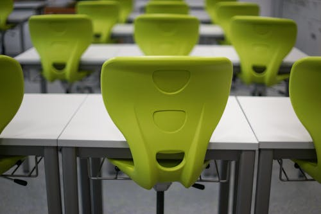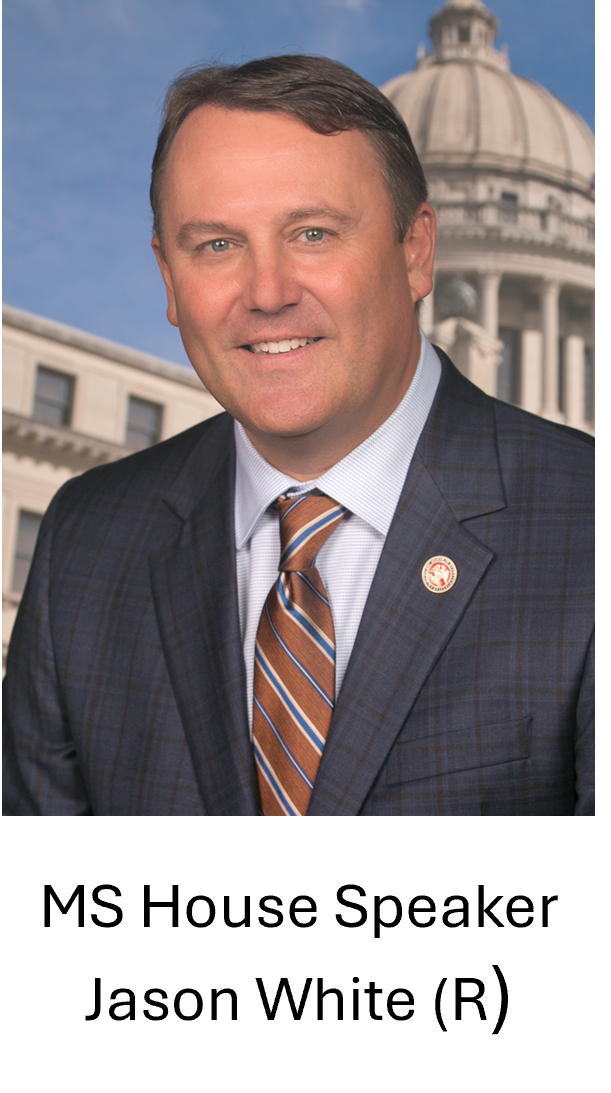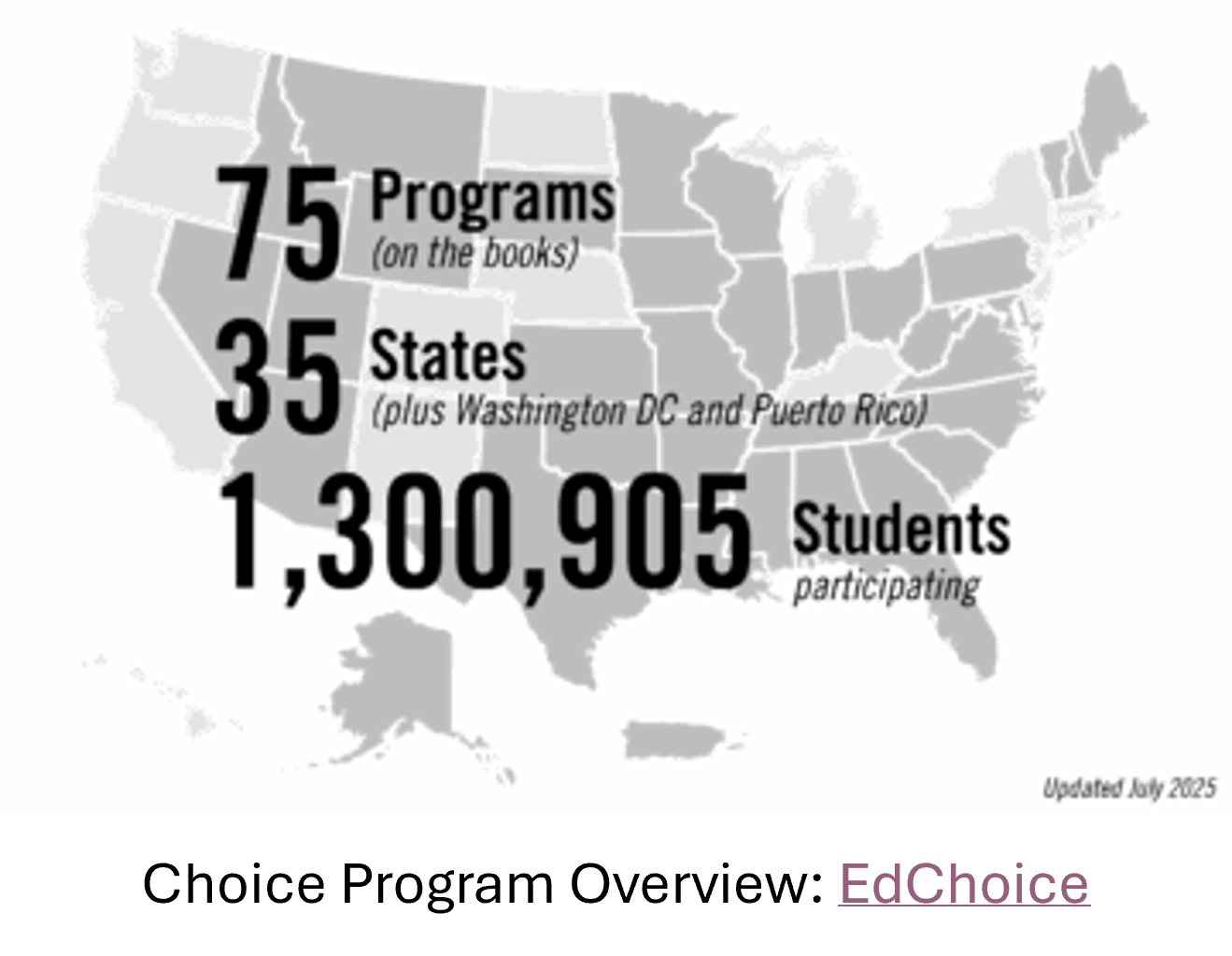Public-School Enrollment Falls as Choice Programs Rise
Public school enrollment began dropping during the COVID-19 pandemic and has continued its downward spiral ever since. For years, Education Reporter has chronicled this trend, most recently last March when we described the failure of public-school students to master basic skills and the subsequent transfer of many to charter schools, microschools, and homeschools.
News Nation reported on the continuation of the trend in 2025, writing: “Public school enrollment is on the decline across the United States as school choice programs grow in popularity.” The article noted that two-thirds of U.S. public school districts in 37 states have experienced declines in enrollment since the pandemic.
In late June, the education research and policy development organization, ExcelinEd, called these shrinking enrollment numbers “The biggest threat to public schools that no one wants to tackle.” The organization painted a bleak picture, asserting that this downward shift is “not a temporary blip,” but one that is “here to stay.”
 Some districts, including Chicago and Denver, are keeping school buildings open with fewer students despite the cost. For example, the Chicago public school system has lost 70,000 students in a decade, and ExcelinEd writes that, nationwide, “many districts are or will soon be confronting significant financial shortfalls due to dwindling student numbers. The implications are profound,” they add, “with potential consequences including staff layoffs, program cuts, and school closures.”
Some districts, including Chicago and Denver, are keeping school buildings open with fewer students despite the cost. For example, the Chicago public school system has lost 70,000 students in a decade, and ExcelinEd writes that, nationwide, “many districts are or will soon be confronting significant financial shortfalls due to dwindling student numbers. The implications are profound,” they add, “with potential consequences including staff layoffs, program cuts, and school closures.”
Of course, many factors contribute to the drop in public-school enrollment. One is the falling U.S. birth rate—there are simply fewer school-age children than in past generations, although illegal immigration has doubtless impacted the numbers.
But another compelling force in the reshaping of the K-12 education landscape is the expansion of school choice programs, which vary greatly but are available in one form or another in most states. In fact, the climate has never been more favorable for parents who are seeking a better educational environment for their children.
As ExcelinEd writes: “Over the past decade, a growing number of states have passed legislation that empowers families to choose from a broader range of educational options, including charter schools, private school scholarships, open enrollment, education savings accounts [ESAs], microschools, homeschooling, and hybrid models.”
Pro-school choice guidance impacts Mississippi
Last month, the downsized U.S. Department of Education built on the Trump Administration’s support of school choice by issuing additional guidance to state and local education agencies. This guidance indicates “how [states] might provide equitable services for students enrolled in private schools to more effectively and efficiently meet students’ needs.” These services can include tutoring, summer school programs, and other services that are available to public-school students. A four-page Dear Colleague Letter reinforces previous instruction from the administration in support of expanding educational options for families.
Recently, a panel of Mississippi lawmakers met with federal education officials, “who wholeheartedly encouraged them to expand school choice in Mississippi, signaling the Trump Administration’s support of passing such legislation.”
 According to an August 25 article in Mississippi Today, Mississippi House Speaker, Jason White, formed an “‘Education Freedom’ select committee” to explore the possibility of implementing “a robust school choice program in Mississippi, ahead of the upcoming legislative session.” White has indicated that school choice will be “a key issue during the 2026 session.”
According to an August 25 article in Mississippi Today, Mississippi House Speaker, Jason White, formed an “‘Education Freedom’ select committee” to explore the possibility of implementing “a robust school choice program in Mississippi, ahead of the upcoming legislative session.” White has indicated that school choice will be “a key issue during the 2026 session.”
On the table are choice options including expanding a universal ESA program, which the state currently has in place for disabled students only, and a voucher program that parents could use for tuition at the private school of their choice, including faith-based schools. Also under consideration is the federal tax credit program, which allows residents of participating states to contribute to private scholarship programs in exchange for tax breaks of equal amounts.
Reportedly, while there is support for choice in Mississippi, some observers fear the changes could threaten the state’s improved curriculum and test scores, which Education Reporter described in May. After school districts in several southern states, including Mississippi, adopted phonics-based reading and other more rigorous academic programs, students bested their peers in other states in achievement.
Nonetheless, Mississippi’s freedom committee is scheduled to meet again in late September to continue discussions on the expansion of school choice.
Champions of choice
Among the organizations championing education choice nationally is Americans for Prosperity, which tracks applicable legislation and programs nationwide. The group reports that in 2025, “the percentage of American students who have access to school choice programs such as ESAs, vouchers, or tax credits is nearing 50 percent.” The organization credits 18 states with having passed “22 pro-school choice bills” that expanded access “to nearly 9.3 million more students.”
While state specifics vary depending on the source reporting them, Newsweek wrote last March that 15 U.S. states “have at least one universal private school choice program.” These include Alabama, Arkansas, Arizona, Florida, Idaho, Indiana, Iowa, Montana, North Carolina, Ohio, Oklahoma, Tennessee, Utah, West Virginia, and Wyoming. Last spring, just after the Newsweek article was published, Texas became the 16th state to offer a universal private school ESA program, which allows $10,000 annually per student.
 The article might also have mentioned Wisconsin, which provides private school voucher funds directly to parents. Choice opponents in the dairy state whined that private schools approved for the state’s voucher program “are getting more funding than ever.” The Wisconsin Department of Public Instruction reports that “there are 406 private schools and school systems registered to participate in the Private School Choice Programs” for the 2025-26 school year.
The article might also have mentioned Wisconsin, which provides private school voucher funds directly to parents. Choice opponents in the dairy state whined that private schools approved for the state’s voucher program “are getting more funding than ever.” The Wisconsin Department of Public Instruction reports that “there are 406 private schools and school systems registered to participate in the Private School Choice Programs” for the 2025-26 school year.
While it may be tough to rank the best state for school choice, information on choice programs nationwide is readily available to fed-up parents. The Hoover Institution provides an interactive map listing the options afforded by each state.
As an example, Indiana’s Choice Scholarship Program provides state funds that can be used to offset tuition costs at participating “Choice” schools. Families qualify based on household income. In total, Indiana offers seven school choice options, as do Florida, Louisiana, and Ohio, including vouchers, ESAs, tax credit scholarships, and tax credits and deductions. Additional alternatives give parents the ability to move their child to a different school district, as well as permitting the operation of charter schools and magnet schools.
On the opposite end of the spectrum, states such as Hawaii, Nebraska, North Dakota, and Washington allow only public charter schools and public-to-public-school transfers. But as the educational freedom advocacy group Edchoice observes in its July-2025-School-Choice-Snapshot, these are merely options “within the traditional system,” leaving many meaningful schooling choices “off-limits for families.” Parents should note that the Edchoice School Choice Snapshot provides a wealth of information about available programs in every state.
Another pro-parent organization that tracks choice programs and legislation throughout the country is the Center For Education Reform (CER). The center’s Parent Power Index lists Florida, Arizona, Indiana, Ohio, and Iowa in its top five states with comprehensive school-choice programs.
CER’s website notes: “School choice puts the rights of children and parents first over the convenience of the bureaucratic system. School choice holds schools accountable and introduces quality into the system. School choice enables parents and educators to open their own public schools that are free from regulations,” which is happening in the form of microschools.
In other words, public money for education should follow the student, with parents determining where and how their children are to be educated. It is an ongoing battle for control between parents and the state.
Perhaps a 2024 article covering Wisconsin’s school choice programs said it best: “When Wisconsin parents choose to take their children out of public school and use vouchers to send them to private schools, it means that public schools get less money.... [P]rivate voucher schools use public tax dollars, they aren’t held to the same standardized testing or public meetings standards....” For many parents and observers, this is the whole point.
As long as public schools continue to do the bidding of radical teachers’ unions and far-left activists, school choice will remain popular with parents, and the likely result is a continuing fall in traditional public school enrollment.
Want to be notified of new
Education Reporter content?
Your information will NOT be sold or shared and will ONLY be used to notify you of new content.
Click Here
Return to Home Page
